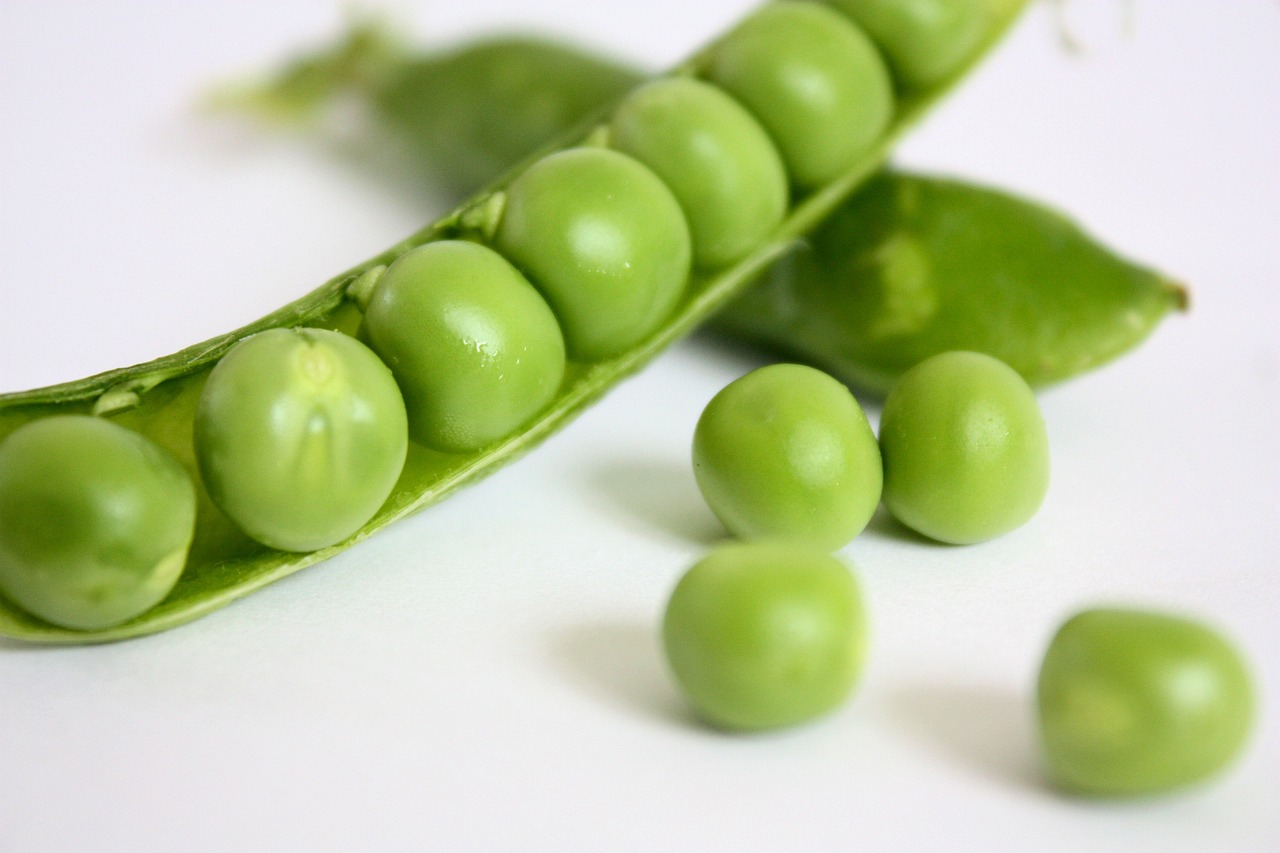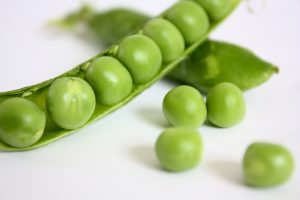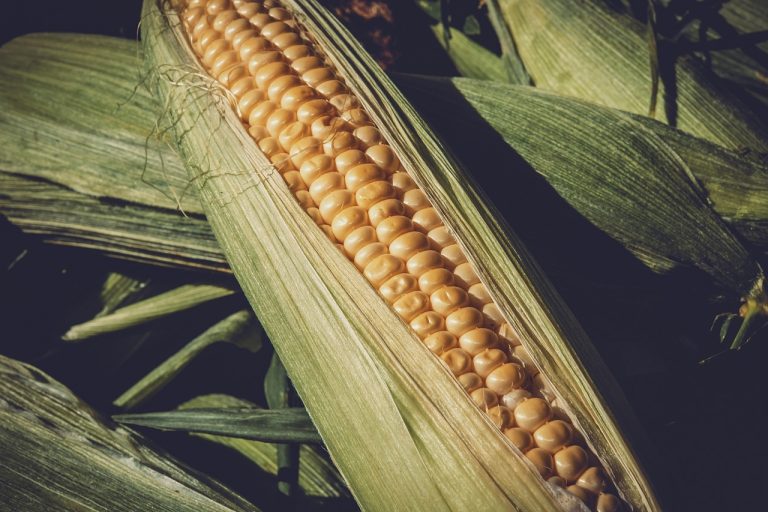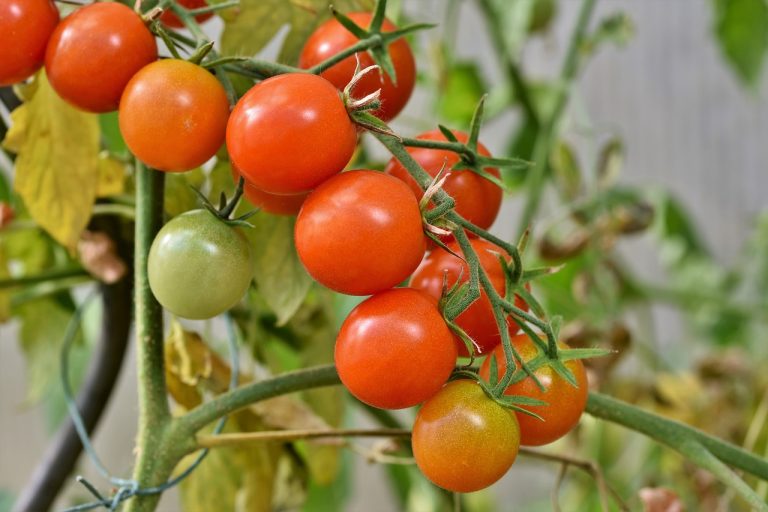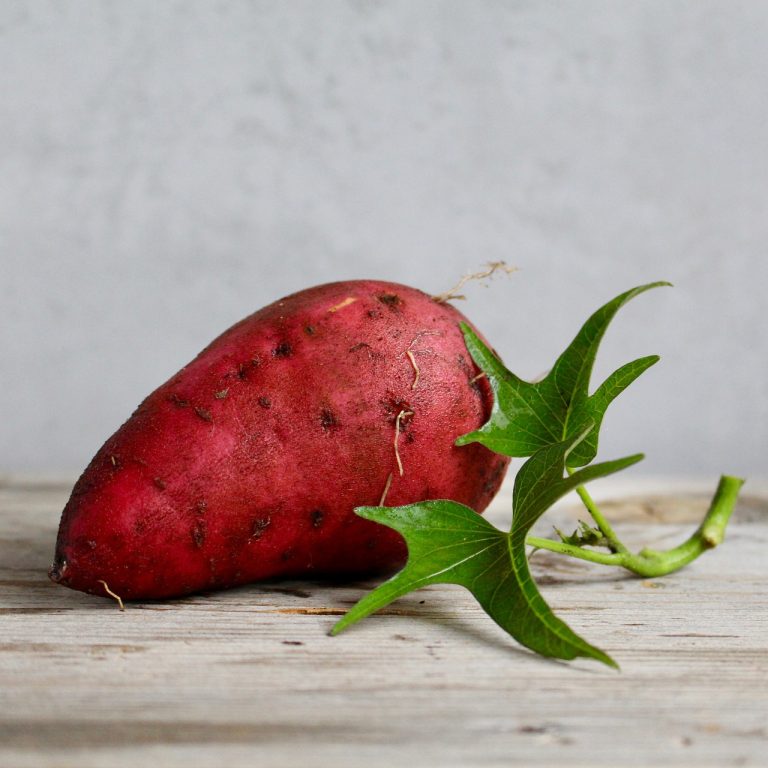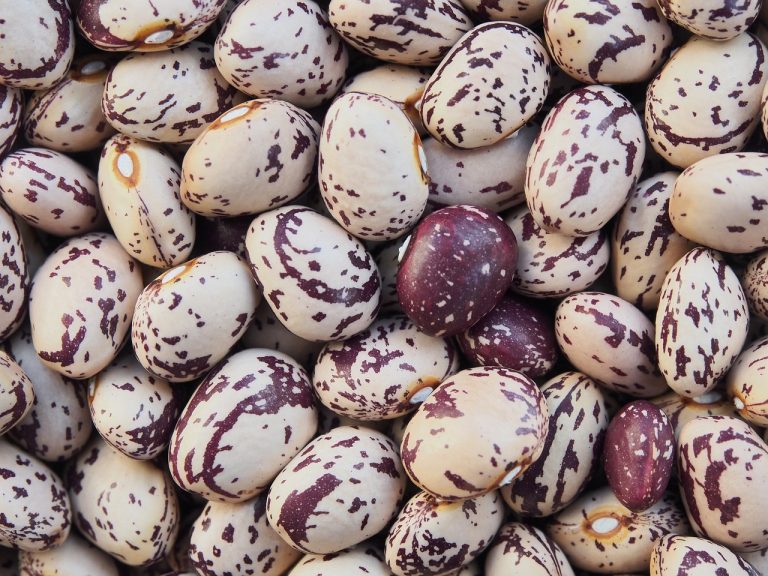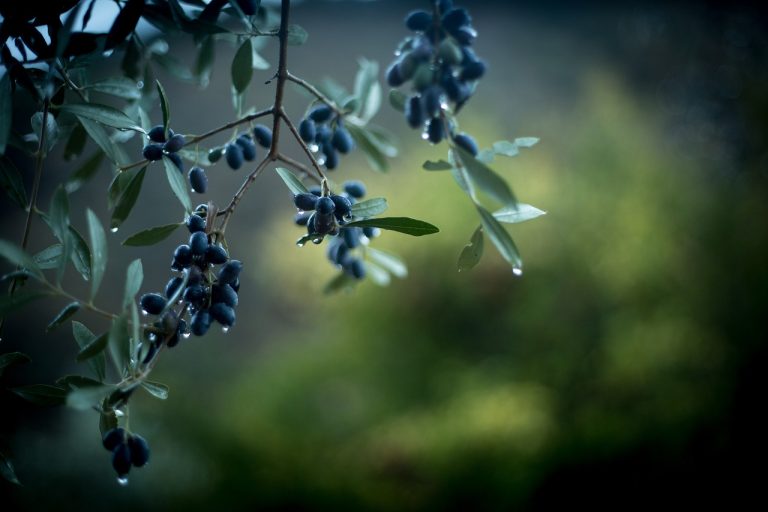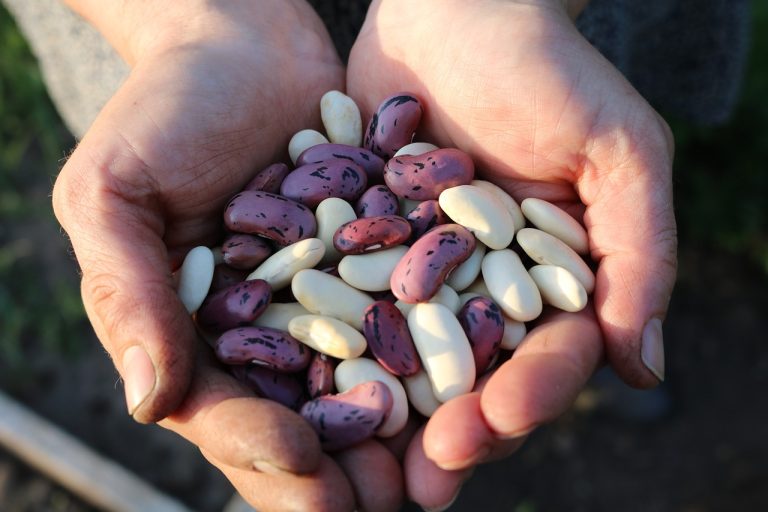THE 7 SWEETEST PEAS TO CULTIVATE IN THE UK
In the enchanting world of British gardens, there’s a secret waiting to be uncovered, a treasure trove of sweetness and charm – “The 7 Sweetest Peas to Cultivate in the UK.” Imagine lush green vines adorned with delicate, candy-like pods, a symphony of flavors and colors that can transform your garden into a sweet paradise.
These peas are not just vegetables; they are the embodiment of a British gardening tradition, a testament to nature’s candy-making prowess. Join us on a journey through this delectable list of pea varieties that flourish under the British skies, and get ready to elevate your gardening game to a whole new level of sweetness.
WHAT ARE THE 7 SWEETEST PEAS TO CULTIVATE IN THE UK?
When it comes to cultivating peas in the UK, sweetness is a top priority for gardeners. Delight in the selection of the seven sweetest pea varieties perfectly suited for the UK’s temperate climate these peas are sugar snap, snow, Alderman, Early Onward, Kelvedon Wonder, and Mange Tout.
These peas are renowned for their exceptional flavor, vibrant colors, and culinary versatility, making them a treasured addition to British gardens. From classic garden peas to sugar snap, snow, Alderman, Early Onward, Kelvedon Wonder, and Mange Tout, these peas encompass the rich tradition of pea cultivation in the UK, offering a world of culinary possibilities. Whether you’re an experienced gardener or a novice, growing these peas ensures a garden bursting with natural sweetness, elevating your home-cooked dishes and turning your green space into a haven of flavor.
CLASSIC GARDEN PEAS
Garden peas, scientifically known as Pisum sativum, hold an iconic status in British horticulture and cuisine. These delightful legumes, with their classic round pods and tender, sweet kernels, have graced British gardens for generations. Their enduring popularity is due not only to their delectable flavor but also to their versatility in the kitchen and ease of cultivation.
A FAMILIAR PRESENCE:
Garden peas are synonymous with British gardens, embodying a sense of nostalgia and tradition. They are the very essence of the “pea in a pod” image that has been a part of the British countryside for centuries. From cottage gardens to larger allotments, these peas are a staple, evoking memories of summer days and family gatherings.
A PLEASURE FOR THE PALATE:
The charm of garden peas lies in their tender, sweet kernels. These little green pearls burst with a natural sweetness that can’t be replicated. Their flavor is a harmonious balance of earthiness and sweetness, making them a cherished addition to various culinary creations.
VERSATILE IN THE KITCHEN:
Garden peas are incredibly versatile when it comes to cooking. Here are some popular ways to enjoy them:
BOILED:
Boiling garden peas is perhaps the most classic preparation. A brief dip in boiling water retains their vibrant green color and crunch while enhancing their sweetness. They are often seasoned with a touch of butter and a sprinkle of salt.
STEAMED:
Steaming garden peas is another gentle method to preserve their flavor and texture. Steamed peas are excellent companions to a variety of main dishes.
Fresh from the Pod:
There’s something magical about plucking garden peas fresh from the pod and enjoying their natural sweetness right in the garden. It’s a sensory experience that connects you to the land.
CULTIVATING GARDEN PEAS:
Cultivating garden peas in the UK is a rewarding endeavor. Here are some tips for a successful harvest:
PLANTING TIME:
Garden peas are typically sown in early spring when the soil is workable. They can also be planted in late summer for a fall crop, making them suitable for the UK’s temperate climate.
SOIL QUALITY:
Garden peas thrive in well-draining soil enriched with organic matter. A slightly acidic to neutral pH is ideal for their growth.
SUPPORT:
These peas are climbers and require support. Trellises or stakes provide the necessary structure for their vines to climb and produce abundant pods.
WATERING:
Keep the soil consistently moist, especially during dry spells, to ensure healthy pod development.
HARVESTING:
Garden peas are best harvested when the pods are well-filled but still tender. Regular harvesting encourages further pod production.
SUGAR SNAP PEAS
Sugar snap peas (Pisum sativum var. macrocarpon) are a treasure among the world of peas. These delightful green gems combine a satisfying crunch with a natural sweetness that is sure to captivate your taste buds. Known for their edible pods and plump, juicy peas inside, sugar snap peas offer a versatile and flavorful addition to your culinary repertoire. In this exploration of sugar snap peas, we will delve into their characteristics, the best ways to enjoy them, and the joys of cultivating this delectable pea variety in the UK.
CHARACTERISTICS OF SUGAR SNAP PEAS:
EDIBLE PODS:
One of the defining features of sugar snap peas is their edible pods. The entire pod, including the peas inside, can be enjoyed, making them a convenient and satisfying snack or ingredient in various dishes.
SWEETNESS:
Sugar snap peas are revered for their inherent sweetness. This natural sweetness makes them a delightful addition to both raw and cooked dishes.
TEXTURE:
The crisp texture of sugar snap peas adds a pleasant crunch to salads, stir-fries, and snacking. Their texture perfectly complements a variety of dishes, providing a refreshing contrast to other ingredients.
CULINARY DELIGHTS WITH SUGAR SNAP PEAS:
Sugar snap peas are incredibly versatile in the kitchen, offering a range of culinary possibilities:
SNACKING:
One of the simplest and most enjoyable ways to savor sugar snap peas is by eating them fresh as a snack. Their natural sweetness and crunch make them a healthy and satisfying choice.
STIR-FRIES:
Sugar snap peas are a favorite in stir-fry recipes. Their quick cooking time ensures that they retain their crunch, while their sweet flavor enhances the overall taste of the dish.
SALADS:
Sugar snap peas are an excellent addition to salads, bringing a crisp texture and a pop of sweetness. Their vibrant green color also adds visual appeal to your salad creations.
STEAMING:
Lightly steamed sugar snap peas retain their bright color and sweet flavor. They can be enjoyed as a side dish or included in various vegetable medleys.
ROASTING:
Roasting sugar snap peas with a drizzle of olive oil and a sprinkle of sea salt can intensify their natural sweetness and add a caramelized dimension to their flavor.
CULTIVATING SUGAR SNAP PEAS IN THE UK:
Sugar snap peas are well-suited for cultivation in the UK’s temperate climate. Here are some essential tips for successfully growing these delicious peas:
PLANTING TIME:
Sugar snap peas can be planted in early spring when the soil is workable. They can also be planted in late summer for a fall harvest. In the UK, the mild climate offers a suitable environment for sugar snap peas.
SOIL:
Choose well-draining soil with organic matter to provide the necessary nutrients for healthy growth. Sugar snap peas prefer slightly acidic to neutral soil.
SUPPORT:
Sugar snap peas are climbing plants and require trellises or supports to grow vertically. This not only saves garden space but also prevents the pods from touching the ground and potentially rotting.
WATERING:
Keep the soil consistently moist but not waterlogged. Adequate watering is crucial, especially during dry spells, to ensure proper pod development.
PEST MANAGEMENT:
Regularly monitor your plants for pests like aphids and use appropriate pest control measures if necessary. Organic methods, such as companion planting, can help deter pests.
HARVESTING:
Sugar snap peas are best harvested when the peas inside the pods are plump, but the pods are still crisp and tender. Harvesting regularly encourages the production of more pods.
WHY SUGAR SNAP PEAS IN THE UK?
Sugar snap peas are a fantastic addition to any UK garden for several reasons:
ADAPTABILITY:
Sugar snap peas thrive in the UK’s temperate climate, making them a reliable choice for home gardeners.
VERSATILITY:
Their sweet crunch adds depth to a wide range of dishes, from simple snacks to gourmet entrees, making them a versatile and valuable addition to your garden.
NUTRITION:
Sugar snap peas are not only delicious but also nutritious, providing essential vitamins, fiber, and antioxidants.
GARDEN AESTHETICS:
The vibrant green of sugar snap pea vines adds an appealing touch to any garden. They are not only productive but also visually pleasing.
SNOW PEAS:
Snow peas, scientifically known as Pisum sativum var. saccharatum, are an elegant and delicate addition to the realm of legumes. Recognized by their flat, edible pods and mild, slightly sweet flavor, snow peas bring a touch of grace to both the garden and the plate. These versatile legumes are well-suited for a range of culinary applications, making them a valuable asset in the kitchen.
FLAT,EDIBLE PODS: A VISUAL AND CULINARY DELIGHT
One of the defining features of snow peas is their flat, translucent pods. These pods are not only visually appealing with their vibrant green color, but they are also entirely edible. The tender, crisp texture of the pods contrasts beautifully with the peas inside, adding both visual and textural intrigue to dishes.
A MILD AND SWEET FLAVOR:
The flavor of snow peas is a gentle interplay of sweetness and freshness. Unlike the sugary sweetness of sugar snap peas, snow peas offer a more subtle sweetness, which pairs exceptionally well with a variety of other ingredients. This mild sweetness enhances the overall taste of dishes without overpowering them, making them a versatile addition to various culinary creations.
CULINARY VERSATILITY:
Snow peas are incredibly versatile in the kitchen and can be used in a range of dishes:
STIR-FRIES:
Snow peas are a favorite addition to stir-fries, as their quick cooking time preserves their crispness and mild flavor. They add a delightful crunch and freshness to the dish.
SALADS:
The vibrant green pods of snow peas are a welcome sight in salads. Their flat shape and mild sweetness provide a refreshing element, complementing other salad ingredients.
SOUPS:
Snow peas can be sliced thinly and added to soups for a pop of color and a burst of freshness. They cook quickly and maintain their delicate texture.
SAUTEES SIDE DISHES:
Sautéed snow peas with a touch of garlic and a sprinkle of sesame seeds can be a delightful side dish to accompany a variety of main courses.
CULTIVATING SNOW PEAS:
Growing snow peas is a rewarding endeavor, and they are well-suited for the UK’s temperate climate. Here are some key tips for successful cultivation:
PLANTING TIME:
Snow peas can be planted in early spring when the soil is workable. They can also be sown in late summer for a fall harvest. The mild UK climate provides an ideal environment for snow peas.
SOIL:
Choose well-draining soil with organic matter to provide the necessary nutrients for healthy growth. Snow peas prefer slightly acidic to neutral soil.
SUPPORT:
Snow peas are climbing plants and require trellises or supports to grow vertically. This not only saves garden space but also prevents the pods from touching the ground and potentially rotting.
WATERING:
Keep the soil consistently moist but not waterlogged. Adequate watering is crucial, especially during dry spells, to ensure proper pod development.
PEST MANAGEMENT:
Regularly monitor your plants for pests such as aphids and use appropriate pest control measures if necessary. Organic methods, such as companion planting, can help deter pests.
HARVESTING:
Snow peas are best harvested when the peas inside the pods are well-formed, and the pods are still tender and flat. Regular harvesting encourages the production of more pods.
ALDERMAN PEAS
Alderman peas, often referred to as tall peas, stand as towering giants in the world of legumes. With their long, plump pods filled with sweet peas, they are a treasured addition to gardens. Not only do they offer exceptional flavor, but they are also highly practical, especially when it comes to preserving the harvest. Their towering vines make them a superb choice for vertical gardening, bringing both flavor and function to your outdoor space.
LONG, PLUMP PODS BURSTING WITH SWEETNESS:
Alderman peas are easily distinguished by their elongated, full pods. These pods are a treasure trove of sweet, tender peas. The peas inside are plump and bursting with flavor, offering a delightful taste that captures the essence of homegrown sweetness.
AN IDEA VARIETY FOR FREEZING:
One of the remarkable features of Alderman peas is their suitability for freezing. Their large pods are not only convenient for harvesting but also for processing. Freezing Alderman peas preserves their quality, allowing you to enjoy their sweet goodness throughout the year, even when the growing season is long past.
VERTICAL GARDENING WITH ALDERMAN PEAS:
The tall, climbing nature of Alderman pea vines makes them a perfect choice for vertical gardening. Here are some benefits and tips for vertical gardening with Alderman peas:
SPACE-SAVING:
Vertical gardening maximizes the use of limited space, making it an excellent option for small gardens or even urban gardening.
AESTHETICALLY PLEASING:
Alderman pea vines climbing up trellises or support structures add a touch of beauty to your garden, creating a green, vertical oasis.
EASY HARVEST:
The height of the vines makes harvesting a breeze, as the pods are within easy reach, and the peas hang down for straightforward collection.
IMPROVED AIR CIRCULATION:
Vertical gardening reduces the risk of fungal diseases, as better air circulation helps keep the plants dry.
CULTIVATING ALDERMAN PEAS:
Growing Alderman peas in the UK is a fulfilling experience. Here are some essential tips for successful cultivation:
PLANTING TIME:
Alderman peas can be sown in early spring or late summer, taking advantage of the UK’s temperate climate for both spring and fall harvests.
SOIL:
Choose well-draining soil enriched with organic matter. Adequate nutrients and moisture-retaining properties are essential for the growth of these tall, productive vines.
SUPPORT STRUCTURES:
Prepare sturdy trellises or support structures to accommodate the height and weight of Alderman pea vines.
WATRING:
Keep the soil consistently moist, particularly during dry periods, to ensure proper growth and pod development.
PEST MANAGEMENT:
Regularly inspect your plants for common pests such as aphids and implement appropriate pest control measures as needed. Organic methods like companion planting can be beneficial in deterring pests.
HARVESTING:
Alderman peas are at their best when the peas inside the pods are fully developed, and the pods are still tender. Regular harvesting encourages the production of more pods.
Early Onward Peas
Early Onward peas, as their name suggests, are heralds of the growing season, celebrated for their ability to produce an early harvest of sweet, tender peas. These peas not only deliver exceptional flavor but also offer the advantage of extending your harvest season through succession planting. Let’s explore the qualities that make Early Onward peas a valuable addition to any garden.
AN EARLY TASTE OF SWEETNESS:
Early Onward peas are renowned for their ability to provide an early harvest of sweet and tender peas. As one of the first peas to mature in the growing season, they offer a delicious preview of what’s to come in your garden. Their flavor is a harmonious blend of sweetness and freshness, making them an eagerly anticipated treat for gardeners.
SUCCESSION PLANTING FOR EXTENDED HARVEST:
One of the unique features of Early Onward peas is their suitability for succession planting. Succession planting involves sowing seeds in intervals, ensuring a staggered harvest throughout the growing season. Here’s why this technique is so beneficial:
Continuous Supply: Succession planting allows you to enjoy a continuous supply of fresh peas, rather than a glut of peas all at once. This ensures that your kitchen remains well-supplied with the sweet delicacy of Early Onward peas.
Maximized Use of Space: By planting in stages, you can optimize your garden space, making efficient use of available land for various crops.
WEATHER RESILIENCE:
Succession planting minimizes the risk of a single adverse weather event wiping out your entire pea crop, as different plantings will be at different stages of growth.
CULTIVATING EARLY ONWARD PEAS:
Growing Early Onward peas in the UK can be a delightful experience, especially when you aim to maximize your harvest through succession planting. Here are some essential tips for success:
PLANTING TIME:
Early Onward peas should be sown as early as possible in spring to take full advantage of their early maturation. Additional plantings can be made at regular intervals to ensure a continued supply of fresh peas.
SOIL:
Choose well-draining, nutrient-rich soil to provide the ideal growing conditions for these peas. Adequate organic matter in the soil enhances their growth.
SPACING:
Pay attention to spacing between plantings. Early Onward peas require adequate room for their vines to grow and for you to access the peas when they are ready for harvest.
WATERING:
Consistent moisture is crucial, especially during dry spells, to support the growth and development of the peas.
PEST MANAGEMENT:
Regular inspection of plants for pests like aphids is important. Utilize appropriate pest control measures as needed to protect your pea crop.
HARVESTING:
Early Onward peas should be harvested when the peas inside the pods are plump and sweet. Succession planting ensures that you’ll have a continuous supply throughout the season.
KELVEDON WONDER PEAS
Kelvedon Wonder peas are a delightful compact variety tailored for smaller gardens and container gardening. These peas, prized for their sweet, succulent taste and delicate texture, offer an excellent solution for those with limited space. Let’s explore the unique characteristics that make Kelvedon Wonder peas a perfect choice for small-scale gardening.
COMPACT VERSATILITY:
The defining feature of Kelvedon Wonder peas is their compact growth habit. Unlike sprawling pea varieties that require ample garden space, these peas are designed for smaller areas. Their neat, bushy structure makes them an ideal choice for gardens with limited square footage and even for container gardening on balconies or patios.
SWEET AND SUCCULENT FLAVOR:
Despite their diminutive size, Kelvedon Wonder peas don’t compromise on flavor. They deliver a delectable sweetness and a tender, succulent texture that rivals larger pea varieties. Their flavor is a delightful blend of freshness and sweetness, making them an appealing choice for a range of culinary creations.
CULTIVATING KELVEDON WONDER PEAS:
Growing Kelvedon Wonder peas in the UK is a rewarding experience, especially for gardeners with limited space. Here are some key tips for successful cultivation:
PLANTING TIME:
Kelvedon Wonder peas can be sown in early spring when the soil is workable. Their adaptability to the UK climate makes them suitable for both spring and fall plantings.
SOIL:
Choose well-draining soil enriched with organic matter to provide the necessary nutrients for healthy growth. A slightly acidic to neutral pH is ideal for these peas.
CONTAINER GARDENING:
When growing Kelvedon Wonder peas in containers, select pots or planters with adequate depth for root development. Ensure that containers have drainage holes to prevent waterlogging.
SUPPORT:
While these peas are more compact, they may still benefit from minimal support to prevent them from bending or leaning under the weight of pods.
WATERING:
Maintain consistent soil moisture, especially during dry periods, to ensure proper pod development. Container-grown peas may require more frequent watering.
PEST MANAGEMENT:
Regularly monitor your plants for common pests like aphids, and employ appropriate pest control measures as needed. Container gardening can sometimes help reduce pest-related challenges.
HARVESTING:
Kelvedon Wonder peas are at their best when the peas inside the pods are fully developed, and the pods are still tender. Regular harvesting promotes continued pod production.
MANGE TOUT PEAS
Mange Tout peas, whose name translates to “eat all” in French, are celebrated for their flat, sweet pods. These peas are a true delight in the garden and the kitchen, offering a unique combination of versatility and flavor. Perfect for harvesting when young, they add a refreshing crispness and natural sweetness to a variety of dishes.
A CULINARY REVELATION:
The name “Mange Tout” encapsulates the essence of these peas. It invites you to indulge in the entire pod, showcasing their tender, sweet texture. These peas are known for their flat, crisp pods that are both visually appealing and delightful to the palate.
HARVESTING YOUNG AND SWEET:
Mange Tout peas are at their best when harvested young. Their pods are at the peak of sweetness and crispness, making them a refreshing addition to a wide range of culinary creations. These peas bring a delightful contrast of textures and flavors to dishes, enhancing their overall appeal.
CULINARY VERSATILITY:
Mange Tout peas are prized for their versatility in the kitchen:
SALADS:
Their flat shape and sweet, crisp texture make Mange Tout peas a popular choice in salads, adding both visual appeal and a delightful crunch.
STIR-FRIES:
Mange Tout peas are a favorite in stir-fries, as their quick cooking time preserves their crispness and enhances the overall freshness of the dish.
SIDE DISHES:
Sautéed Mange Tout peas with a touch of garlic and a sprinkle of herbs make for a delectable side dish that pairs well with a variety of main courses.
RAW SNACKING:
Their sweet, crunchy pods are a healthy and satisfying snack, perfect for munching straight from the garden.
CULTIVATING MANGE TOUT PEAS:
Growing Mange Tout peas in the UK can be a rewarding experience. Here are some key tips for successful cultivation:
PLANTING TIME:
Mange Tout peas can be sown in early spring when the soil is workable. They can also be planted in late summer for a fall harvest. The mild UK climate is well-suited for these peas.
SOIL:
Choose well-draining soil with organic matter to provide the necessary nutrients for healthy growth. Mange Tout peas prefer slightly acidic to neutral soil.
SUPPORT:
These peas are climbing plants and benefit from trellises or support structures to grow vertically, which saves garden space and keeps the pods off the ground.
WATERING:
Maintain consistent moisture in the soil, especially during dry periods, to ensure proper pod development.
PEST MANAGEMENT:
Regularly inspect your plants for pests like aphids and implement appropriate pest control measures as needed. Organic methods like companion planting can help deter pests.
HARVESTING:
Mange Tout peas are at their sweetest and crispest when the peas inside the pods are well-developed but the pods are still tender. Regular harvesting encourages further pod production.
Frequently Asked Questions (FAQ) about The 7 Sweetest Peas to Cultivate in the UK
What makes these peas the “sweetest” in the UK?
These peas are renowned for their exceptional sweetness, which is the result of both the UK’s temperate climate and the specific pea varieties selected for their sugary flavor.
Where can I find these sweet pea varieties for cultivation?
You can find seeds for these sweet pea varieties at your local garden centers, online seed retailers, or through specialized pea seed suppliers.
When is the best time to plant these sweet peas in the UK?
In the UK, you can plant sweet peas in late autumn or early spring, depending on your region. Autumn plantings will produce earlier blooms, while spring plantings are ideal for a summer harvest.
Are these peas suitable for container gardening?
Yes, many of these sweet pea varieties can thrive in containers, making them an excellent choice for gardeners with limited space.
What kind of care and maintenance do these sweet peas require?
Sweet peas generally require regular watering, support for climbing, and well-drained soil. Regular deadheading of spent flowers encourages more blooms.
Do these peas attract any particular pests or diseases?
While sweet peas can be vulnerable to aphids and mildew, they are not particularly prone to pests or diseases. Regular monitoring and appropriate preventive measures can help maintain their health.
Can I save seeds from these peas for future plantings?
Yes, you can save seeds from mature sweet pea pods for future plantings. Allow the pods to dry on the vine, harvest the seeds, and store them in a cool, dry place.
What culinary uses do these sweet peas have in the kitchen?
These sweet peas can be used in a variety of culinary creations, from fresh salads to delectable side dishes. Their sweetness and vibrant colors make them a favorite in both classic and modern recipes.
Are there any specific companion plants that go well with these sweet peas in the garden?
Sweet peas pair wonderfully with plants like roses, lavender, and marigolds, not only for aesthetic appeal but also because they can deter certain pests.
Are these sweet pea varieties suitable for beginners in gardening?
Yes, many of these sweet pea varieties are well-suited for beginners due to their adaptability and relative ease of cultivation in the UK climate. They offer a rewarding experience for gardeners of all skill levels.
CONCLUSION
The choice of cultivating the seven sweetest pea varieties in the UK offers a delightful and rewarding experience for garden enthusiasts and home growers. These peas not only thrive in the UK’s climate but also provide an array of delicious flavors, vibrant colors, and fragrant blooms. From the classic garden pea to the sugar snap and snow pea varieties, these sweet peas allow for a diverse and bountiful harvest.
Whether you’re a seasoned gardener or a novice, the joy of cultivating these peas lies in the rich heritage of pea cultivation in the UK and the delectable dishes they can be a part of. So, roll up your sleeves, get your hands dirty, and enjoy the sweet rewards of growing these exceptional pea varieties in your own British garden.

